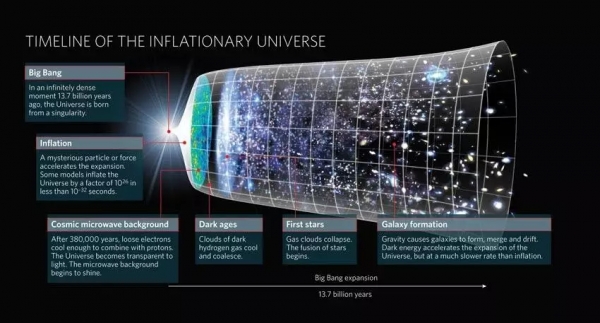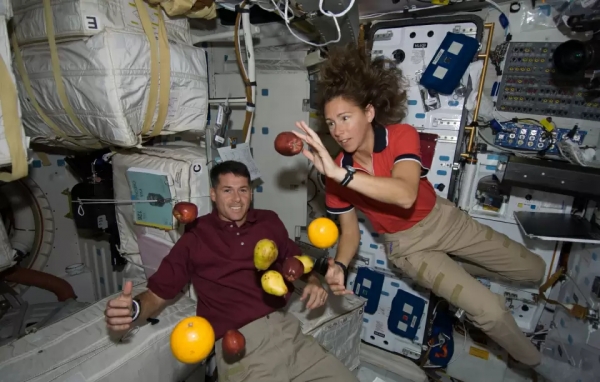
 Data Structure
Data Structure Networking
Networking RDBMS
RDBMS Operating System
Operating System Java
Java MS Excel
MS Excel iOS
iOS HTML
HTML CSS
CSS Android
Android Python
Python C Programming
C Programming C++
C++ C#
C# MongoDB
MongoDB MySQL
MySQL Javascript
Javascript PHP
PHP
- Selected Reading
- UPSC IAS Exams Notes
- Developer's Best Practices
- Questions and Answers
- Effective Resume Writing
- HR Interview Questions
- Computer Glossary
- Who is Who
What are some interesting facts about space?
Space is an empty void. It is not totally vacant, but rather comprises of a vacuum containing a very low thickness of particles, overwhelmingly a plasma of hydrogen and helium. It also consists of neutrinos, cosmic and electromagnetic rays. One hydrogen per cubic meter is the density of space.
There is nothing in between galaxies and the temperature literally reaches 2.7 K, which is −270.45 °C. In the galaxies, 90% of the mass is in an unknown form, called dark matter. It interacts with other matter through the gravitational but not electromagnetic force.

Manned spaceflight is limited to the lower Earth orbit and the Moon as it was expensive to get into space. Space serves as a challenging situation for human exploration as a result of the double risks of vacuum and radiation. Additionally, microgravity negatively affects human physiology that causes both muscle decay and bone loss.
As indicated by the Big Bang hypothesis, the Universe was born in a hot and dense state around 13.8 billion years ago and started extending quickly. Around 380,000 years after the fact the Universe had cooled adequately to enable protons and electrons to join and form hydrogen.
At the point when this happened, matter and energy progressed toward becoming decoupled, enabling photons to travel unreservedly through space.

The issue that stayed following the underlying extension has since experienced gravitational crumple to make stars, cosmic systems, and other galaxies, leaving behind a profound vacuum that structures what is currently called space.
As light has limited speed, this hypothesis additionally compels the measure of the straightforwardly discernible universe. These leaves open the inquiry with reference to whether the Universe is limited or endless.

Space is the nearest known estimation to an impeccable vacuum. It has adequately no friction, permitting stars, planets, and moons to move uninhibitedly along their optimal orbits. Nonetheless, even the profound vacuum of intergalactic space is not completely without matter, as it contains a couple of hydrogen atoms per cubic meter.
By examination, the air people inhale contains around 1025 atoms for every cubic meter. The scanty thickness of matter in space implies that electromagnetic radiation can travel incredible distances without being scattered: the mean free path of a photon in intergalactic space is around 1023 km or 10 billion light years.
Despite this, annihilation, which is the retention and disseminating of photons by dust and gas, is an essential factor in galactic and intergalactic astronomy.

In space, exposure of humans to low pressure, for example, amid a fast decompression, can cause pneumonic barotrauma, a rupture of the lungs. Rapid decompression can burst eardrums and sinuses, wounding and blood leak can happen in delicate tissues, and stun can cause an expansion in oxygen utilization that prompts hypoxia.
Long term status of weightlessness brings about muscle decay and disintegration of the skeleton or spaceflight osteopenia.

People are used to living in Earth gravity, and change to weightlessness can cause injurious effects on the health. Initially, over half of space explorers encounter space motion sickness. This can cause queasiness, vertigo, migraines, laziness, and general discomfort. The span of space disorder shifts, yet it commonly goes on for 1–3 days, after which the body gets accustomed to the new conditions.

